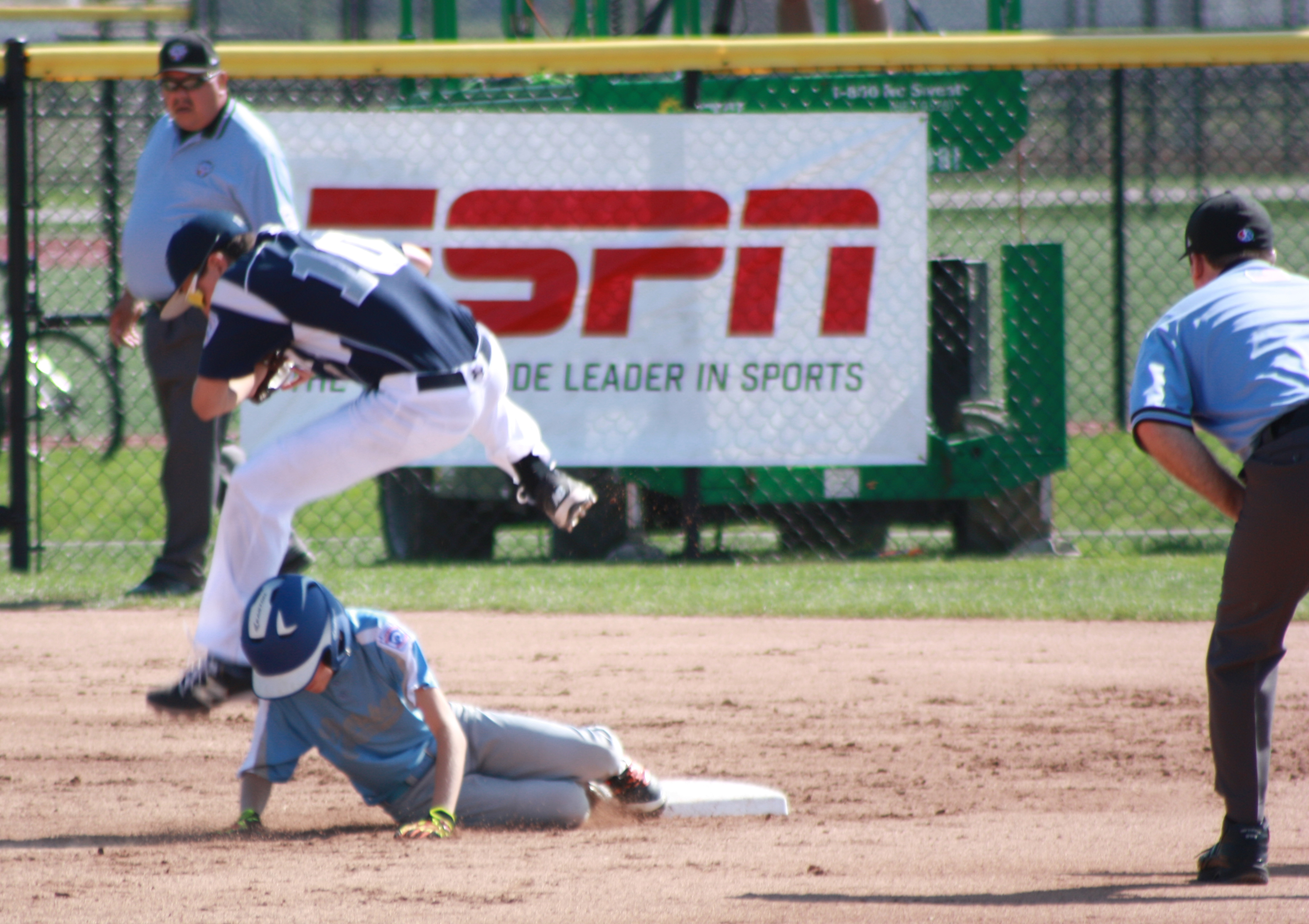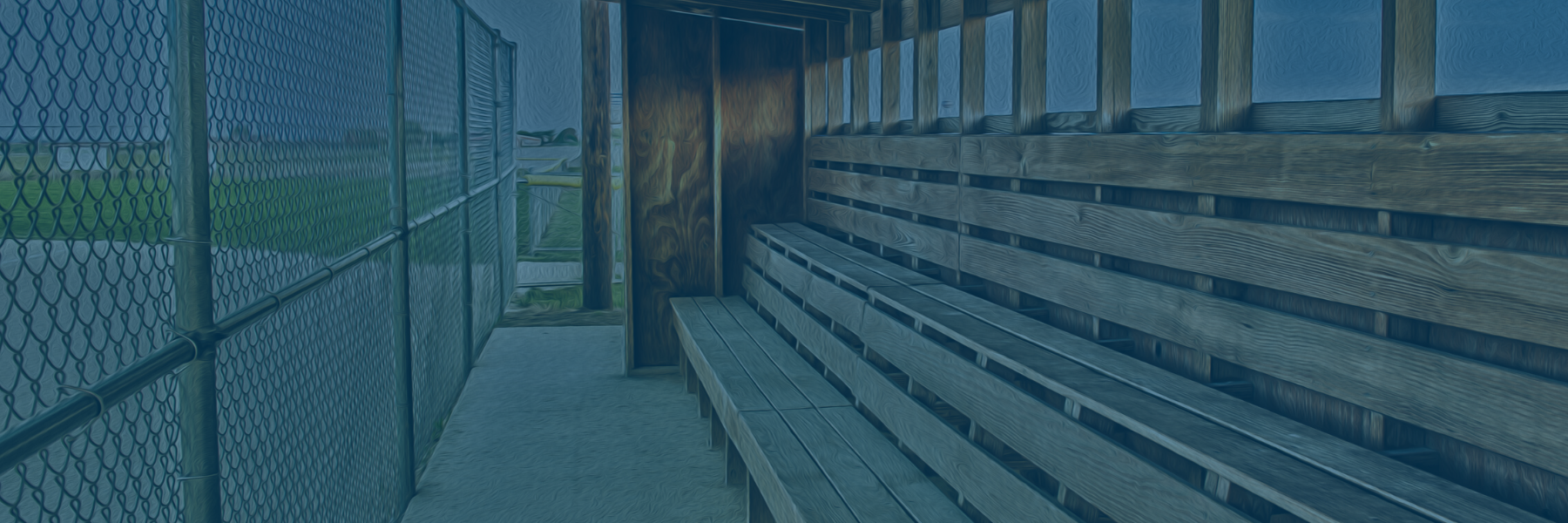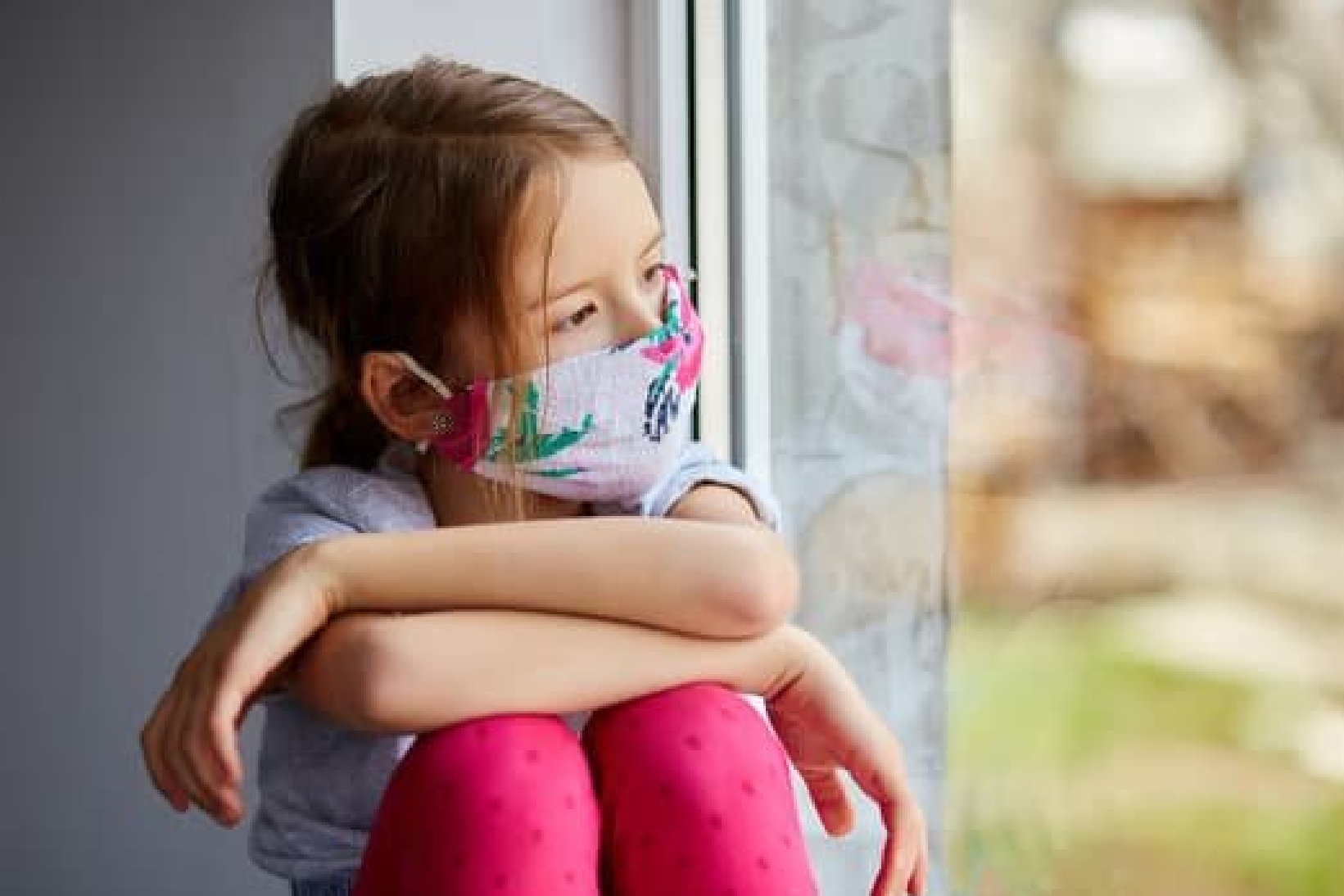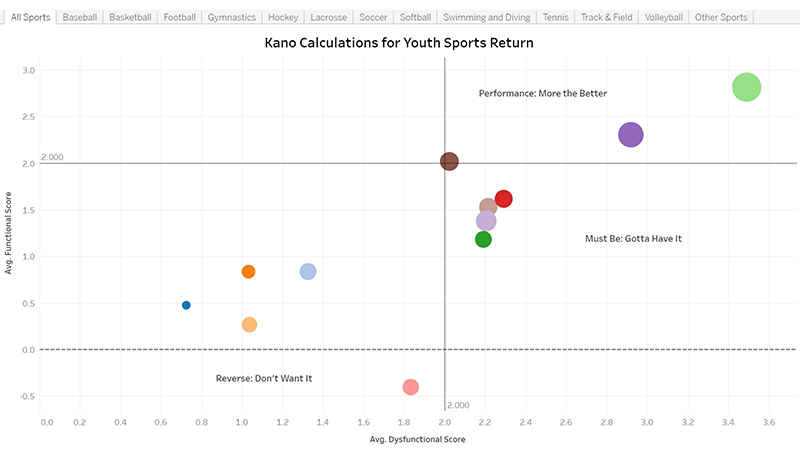Table 6 displays the categorical results for each functional/dysfunctional question pair for the 12 adaptations. These results are used to provide context for the interpretation of results discussed below.
Kano Model Results for COVID-19 Adaptations in Youth Sports
| Adaptation | Must-be | Performance | Attractive | Indifferent | Reverse | Questionable |
| Amenities | 13.2% | 8.0% | 3.1% | 37.2% | 28.2% | 10.3% |
| Arrival & Departure | 24.3% | 9.1% | 4.4% | 28.5% | 21.6% | 12.1% |
| Bench & Dugouts | 14.7% | 12.1% | 6.7% | 32.7% | 25.1% | 8.7% |
| Facemask | 14.5% | 7.2% | 2.6% | 20.5% | 33.2% | 21.9% |
| Health Screening | 27.2% | 13.7% | 5.6% | 27.7% | 12.5% | 13.2% |
| Increased Sanitation | 41.5% | 39.8% | 6.2% | 11.2% | 0.3% | 0.9% |
| No Spectators | 30.7% | 5.1% | 0.6% | 6.3% | 33.0% | 24.4% |
| Personal Contact between Players | 31.2% | 21.2% | 3.1% | 23.1% | 12.9% | 8.5% |
| Playing Areas & Equipment | 32.6% | 30.8% | 6.3% | 23.8% | 2.2% | 4.4% |
| Social Distancing with Respect | 24.5% | 19.0% | 11.2% | 25.2% | 12.6% | 7.5% |
| Social Distancing | 33.2% | 16.5% | 3.8% | 23.3% | 14.7% | 8.5% |
| Under 65, No Health Conditions | 23.8% | 24.9% | 9.5% | 11.2% | 17.4% | 13.3% |
Figure 2 displays the classification for each adaptation based on the Kano Model described above in the Methodology section. Table 7 presents the same results in numerical format.

| Adaptation | Dysfunctional | Functional | Importance | N | ||
| Mean | Std. Dev. | Mean | Std. Dev. | |||
| Amenities | 0.72 | 2.17 | 0.46 | 1.98 | 2.56 | 4,716 |
| Arrival & Departure | 1.32 | 2.33 | 0.83 | 1.97 | 3.04 | 4,429 |
| Bench & Dugouts | 1.01 | 2.22 | 0.82 | 2.16 | 2.81 | 4,586 |
| Facemask | 1.03 | 2.25 | 0.24 | 2.09 | 2.91 | 4,079 |
| Health Screening | 2.18 | 1.89 | 1.16 | 2.08 | 3.02 | 4,421 |
| Increased Sanitation | 3.49 | 1.20 | 2.81 | 1.27 | 4.30 | 5,017 |
| No Spectators | 1.81 | 2.26 | -0.41 | 1.8 | 2.99 | 3,966 |
| Personal Contact between Players | 2.28 | 2.16 | 1.60 | 2.02 | 3.11 | 4,600 |
| Playing Areas & Equipment | 2.92 | 1.64 | 2.31 | 1.73 | 3.84 | 4,848 |
| Social Distancing with Respect | 2.02 | 2.19 | 2.01 | 1.89 | 3.19 | 4,805 |
| Social Distancing | 2.18 | 2.18 | 1.36 | 2.02 | 3.34 | 4,746 |
| Under 65, No Health Conditions | 2.19 | 2.26 | 1.50 | 2.45 | 3.14 | 4,553 |
Interpretation of Kano Model Results
Performance Adaptations
Adaptations classified as Performance are those that users like having and dislike not having. The more of the adaptation that is provided, the more satisfied users become.
Increased Sanitization
Respondents are greatly satisfied with increased efforts to sanitize the venue before, during, and after events. This includes frequent and visible cleaning in addition to hand sanitizers available throughout the venue, especially in high-touch areas. In the survey, respondents were asked who they believed should be responsible for increased sanitization efforts.
The most popular option, chosen by 53% of respondents, was for professional cleaning crews to complete sanitization efforts. For those wanting professional cleaning crews to sanitize, 65% were willing to pay additional money in their registration fees or tip an amount to the facility to cover those costs. These respondents were willing to tip an average of $10 for the enhanced sanitization efforts incurred as a cost to the venue.
Only 16% of all survey respondents believed the responsibility for cleaning should fall on the athletes or parents to pitch in and help sanitize after each competition. Only 11% believe no additional sanitization was necessary.
Finally, the importance rating for this adaptation was the highest of the 12 adaptations (4.3 out of 5), hence it is the largest circle on the graph.
Sanitization of Playing Areas and Equipment
Respondents are greatly satisfied with increased efforts by venues and event operators to sanitize playing areas and equipment after each competition. Venue operators and event managers can feel confident that the recommendations provided by the CDC and NFHS to sanitize playing areas and equipment after each use will be well-received and welcomed by users. Stated differently, the results of the survey suggest that venues and events cannot sanitize enough, and users want as much sanitization as they can get.
This adaptation has the second largest importance rating (3.8 out of 5).

Social Distancing with Respect
Users are satisfied if everyone works together to treat event staff with respect when they approach people to enforce social distancing guidelines. This adaptation scored the highest percentage of people labeling it Attractive (11%), and it nearly landed in the Attractive quadrant.
The media has reported many examples of customers not treating employees with respect as they try to enforce social-distancing guidelines. Each venue needs to train its staff on how to approach people in a polite manner, but the results of this study suggest that staff can be confident that most users want to work together with event staff to create a safe environment at youth sports events. Signage and pre-event communication can support the efforts of staff monitoring social distancing.
This adaptation has the fourth highest importance rating (3.2 out of 5).
Must-be Adaptations
Adaptations classified as Must-be are those that are expected by users. Users will feel significant dissatisfaction if the experience does not have the adaptation.
Limiting Personal Contact between Players
This question refers to personal contact between players outside of the necessary personal contact needed to play the sport. This can be thought of as limiting the 3Hs: handshakes, high fives, and hugs.
 Each sport has its own unique circumstances and game play modifications that sport governing bodies are currently developing. This survey did not ask questions specific to each sport as it relates to modifying rules and game play. However, a fundamental aspect of participating in youth sports during the COVID-19 pandemic return is that unnecessary personal contact outside of required gameplay should be limited.
Each sport has its own unique circumstances and game play modifications that sport governing bodies are currently developing. This survey did not ask questions specific to each sport as it relates to modifying rules and game play. However, a fundamental aspect of participating in youth sports during the COVID-19 pandemic return is that unnecessary personal contact outside of required gameplay should be limited.
In addition to athletes competing on the field, the 3Hs also apply to coaches, officials, and parents. Athletes were less concerned with this adaptation. Athlete respondents placed limiting personal contact between players in the Indifferent category.
Spectators under 65 with No CDC-Indicated Underlying Medical Conditions
During the phased return amidst the COVID-19 pandemic, survey respondents believe there should be some limitations placed on those who attend youth sporting events.
In what might be called the “No Grandparents Rule,” respondents placed limiting spectators to immediate family or a maximum of two people who are under 65 with no pre-existing medical conditions as a Must-be adaptation. Limiting exposure for those most at-risk for COVID-19 was a priority for survey respondents.
Social Distancing
Following social-distancing guidelines that ask people to stand at least six feet apart from others is considered a Must-be adaptation for survey respondents. While each venue is unique, this includes sitting in every third row or seat, standing on designated marked locations, and even blocking access to bleacher areas.
With social distancing becoming commonplace in all aspects of life, attendees are coming to sports venues and events familiar with an awareness of social-distancing practices.
This adaptation has the third highest importance rating (3.4 out of 5).

Health Screening
Survey respondents view answering questions about their health and travel information a Must-be condition for the return of youth sports during the COVID-19 pandemic. Respondents were open, willing, and even expect to be asked questions regarding their contact information, travel itinerary, and COVID-19-related health symptoms to gain admission to the venue.
Only 12% of respondents classified the health-screening adaptation as a Reverse, meaning they would be resistant to the adaptation.
Indifferent Adaptations
For adaptations classified as Indifferent, the presence or absence does not make a real difference in the user’s experience. These occur for “I don’t care” or “I can tolerate it” answers for the combination of functional and dysfunctional answers. The importance scores also tend to be lower than other adaptations.
Arrival and Departure
Altering arrival and departure routines to limit time at the event or venue landed in the Indifferent category. This includes waiting in the car for a game or practice to begin, coming to the venue in full uniform because there are no locker rooms, and leaving immediately once the game or practice is over. Making this adaptation does not positively or negatively affect the user’s experience.
Minimizing Capacity in Bench or Dugout Areas
One-third of survey respondents classified minimizing the capacity of bench areas for athletes as Indifferent, and the average for all survey respondents placed this adaptation squarely in the Indifferent category. Making modifications as to how players not in the field of play are arranged or socially distanced does not seem to impact the user’s experience overall.
The importance score was the second lowest of the 12 adaptations (2.8 out of 5).

Closing Amenities
Survey respondents were Indifferent, or do not care, if amenities need to be closed at the venue or during the event throughout the phased return of youth sports. Closures included concessions, drinking fountains, lobbies, playgrounds, entertainment centers, and the like.
Analysis of qualitative feedback showed the only exception to this finding regarding amenities is that users would like restroom facilities to remain open. The key to successful implementation of this adaptation is that the venue or event operator clearly communicates in advance which amenities will be open and closed so users can plan appropriately.
The importance score was the lowest of the 12 adaptations (2.6 out of 5), and thus is the smallest circle on the graph.
Facemasks
Facemasks landed in the Indifferent quadrant, but for a different reason than the prior three adaptations discussed in this section.
 Making adaptations for arrival/departure, bench areas, and amenities were classified as Indifferent because the most frequently selected category for each of these was Indifferent (37% for amenities, 33% for bench, and 29% for arrival/departure).
Making adaptations for arrival/departure, bench areas, and amenities were classified as Indifferent because the most frequently selected category for each of these was Indifferent (37% for amenities, 33% for bench, and 29% for arrival/departure).
Facemasks landed in Indifferent based upon the significant disagreement between survey respondents over the issue of facemasks, just like in many other areas of American life during the COVID-19 pandemic. In fact, the most common classification for facemasks was Reverse at 33%, while 24% classified facemasks as either Must-be, Performance, or Attractive.
In the question, respondents may have experienced confusion over whether a parent was answering the question on behalf of their child participating in a sport or as a parent spectator. In sum, it is difficult to draw conclusions on facemasks.
Reverse Adaptation (Don’t Want)
No Spectators
Adaptations classified into the Reverse segment of the graph are those adaptations that users, overall, do not want to see.
The only adaptation classified into the Reverse category was eliminating spectators from entering the venue, limiting entry to officials, players, coaches, and administrators. However, it is important to note that while 33% of respondents classified no spectators Reverse, 31% classified this adaptation as a Must-be.
This showed significant disagreement between survey respondents regarding this adaptation. Officials and administrators were more amenable to no spectator policies, as both groups classified no spectators in the Must-be quadrant. However, this is a tenuous result at best because the “dot” on the graph just barely crossed over from Reverse to Must-be in both instances.
Differences between Travel and Recreational Sports
Figure 3 shows the differences between those involved in local recreational youth sports (n = 686) and those who participate in travel, elite, or club competitions requiring more than 50 miles of travel from home (n = 9,597). The circles represent the placement of adaptations for travel, and the dotted line shows how the results change when only looking at local recreational respondents.
In general, there is an upward right movement of the adaptations on the graph, demonstrating local recreational respondents view the adaptations in a more positive light and as a more necessary part of the youth sports experience.
Three adaptations changed classifications when comparing local recreational to travel respondents:
- Limiting personal contact between players moved from Must-be (travel) to Performance (rec)
- Changing arrival and departure routines moved from Indifferent (travel) to Must-be (rec)
- No spectators moved from Reverse (travel) to Must-be (rec)
Even for adaptations that did not change classifications, the clear trend in the chart is for the adaptations to move up and to the right. For example, even though minimizing the capacity of bench and dugout areas did not change quadrants, there was a major shift on the graph from the Indifferent quadrant to nearly reaching Must-be.
The difference in mindset between rec and travel parents is paralleled in the finding that 57% of rec parents would end participation in a league or tournament if an athlete tested positive for COVID-19 during the course of competition, compared to only 41% of travel parents.



